Guess when the first drunk driving law was enacted?
Back in 1910.
That was surprising to me. 100+ years after this problem was identified, about ten thousand people will die in an alcohol-related crash in the U.S. this year.
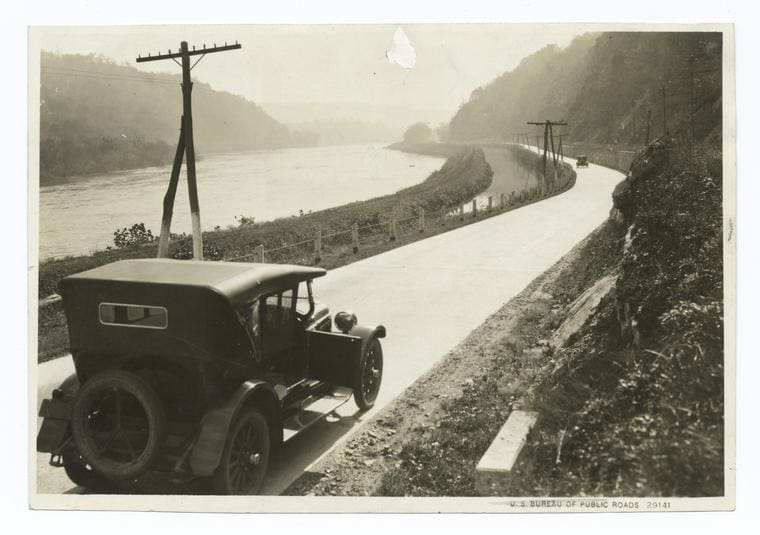
The early laws prohibited driving while intoxicated, but there was no metric, no way to test, and no guidelines to ensure equal enforcement.
After a few decades, technological improvements—first the Drunkometer, and then the Breathalyzer—made it easier for police officers to measure intoxication.
Still, there were few—or no—penalties for drunk driving.
No one lost a driver’s license. Jail was a place to “sleep it off.”
Drunk driving crashes were considered ‘accidents’ that no one really meant to cause.
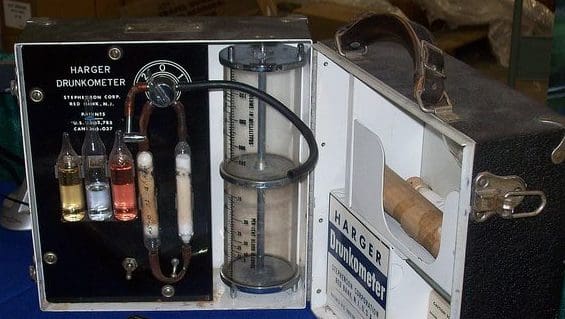
In 1966, Congress passed the National Traffic and Motor Safety Act, introducing a new era of road safety—including guidelines for drunk driving enforcement.
But through the 1970s and into the ‘80s, alcohol was a factor in more than 60% of U.S. road fatalities.
The alcohol-related crash fatality rate has been halved since then: that is big progress.
What worked to reduce drunk driving crashes?
Leaving out vehicle safety improvements—surely a factor in reducing fatalities and injuries—there are a few big influences.
Minimum drinking age went up.
Many states still allowed 18 year-olds to purchase alcohol when the drunk driving fatality rate was at its peak.
It wasn’t until the mid-1990s the minimum drinking age was raised to from 18 to 21 in every state.
Maximum blood alcohol content went down.
Around the same time, the legal maximum level of a driver’s blood alcohol content dropped to .08 across the board.
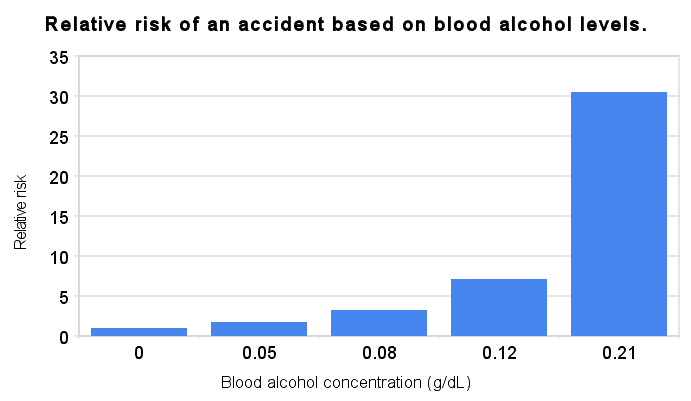
By then, many states also had zero tolerance laws for drivers under age 21.
NHTSA studies cite these contributing factors in the decline of drunk driving. But the changes in the law had a lot of soft support.
We talked about drunk driving—and stigmatized it.
Mothers Against Drunk Driving (MADD) and other groups helped to educate the public—especially teenagers—about the dangers of drunk driving.
MADD targeted young, new drivers. They made their information and presentations widely available. They talked about driving under the influence as a public health problem.
And in doing so, they created a stigma around the behavior.
Police departments started setting up DUI checkpoints. Regardless of how effective they were at catching intoxicated drivers, checkpoints built up the public perception of accountability.
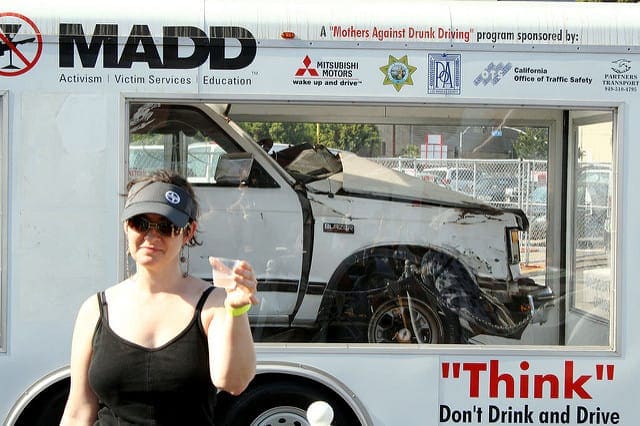
Getting caught driving drunk became very expensive.
Both the law and the public punish people for drunk driving.
Fines for driving under the influence are steep. Car insurance rates skyrocket. The severity of the punishment is a disincentive.
The true cost of a DUI in Washington State:
$6,574.51 to $10,634.01,
according to a 2014 report in Seattle PI.
It’s not just individual drivers who are punished.
Most states have dram shop laws: bars can be held accountable for over-serving a clearly intoxicated person who gets behind the wheel and causes a crash.
Will the same tactics work on distracted driving?
Some great organizations—notably, End Distracted Driving— are applying the successful lessons of MADD.
States are catching up with distracted driving legislation. Washington State was one of the first states to adopt a hands-free law back in 2008.
That law is already out of date. (Note: Washington enacted a new distracted driving law in July 2017).
Consider what is different about distracted driving.
1. A text message might distract you for 30 seconds of a 10-minute drive. Driving drunk is dangerous for every single second a 10-minute drive.
Distracted driving is much harder to spot; traditional police checkpoints won’t work.
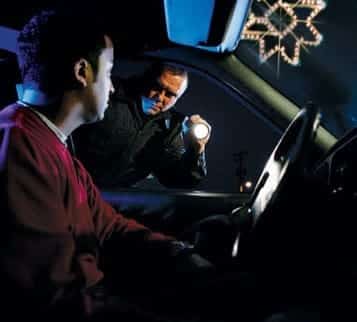
2. There is a big difference is measuring these dangerous activities. A blood alcohol level is an ostensibly reliable metric.
There’s no such metric for distracted driving. What does it mean to be too distracted to drive?
3. It’s only been about 10 years since the first distracted driving laws were enacted.
If we follow the pattern of drunk driving laws, it would be decades before we make real progress.
That’s decades with tens of thousands of early deaths and billions of dollars in economic losses.
We can’t accept that.
What is next?
Continue with Part 2: What are we going to do about distracted driving?
Images courtesy of:
https://www.flickr.com/photos/zoesdare/.
By James Heilman, MD (Own work) [CC BY-SA 3.0 or GFDL], via Wikimedia Commons.
https://www.flickr.com/photos/jimwinstead/.



